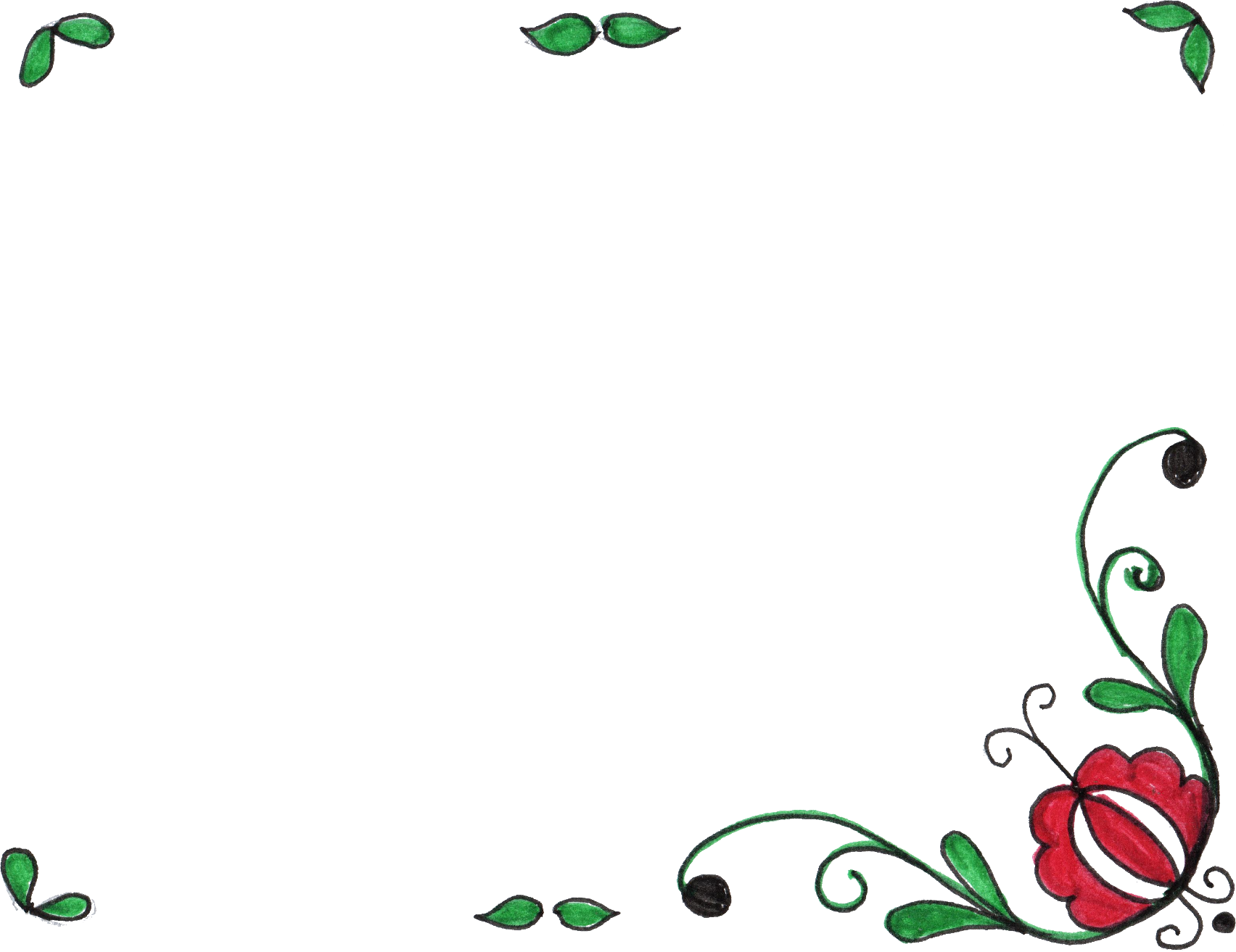Download top and best high-quality free Green Frame PNG Transparent Images backgrounds available in various sizes. To view the full PNG size resolution click on any of the below image thumbnail.
License Info: Creative Commons 4.0 BY-NC
Thought or interpersonal communication can both be framed. Mental representations, interpretations, and simplifications of reality make up thinking frames. The communication of frames between distinct actors constitutes frames in communication. Sociology, the study of human social interaction, relies heavily on framing. Framing is an important aspect of data transmission and processing on a regular basis. By contextualizing the information in such a manner that listeners may relate it to what they already know, successful framing strategies can be utilized to lessen the ambiguity of intangible issues.
Framing is a schema of interpretation, a set of stories and preconceptions that people use to comprehend and respond to events, according to social theory. People, in other words, develop a set of mental “filters” as a result of biological and cultural factors. They then apply these filters to the world in order to make sense of it. The decisions people make after that are determined by the frame they’ve created.
Framing is the process of using mass media, political or social movements, political leaders, or other players and organizations to produce a social phenomena. Individuals’ perceptions of the meanings given to words or phrases are inevitably influenced by their participation in a language community. Politically, the language communities of advertising, religion, and mass media are hotly fought, but framing in less-aggressively defended language communities may emerge invisibly and naturally over cultural time frames, with less overt forms of contention.
Depending on the audience and the type of information being delivered, framing in communication can be beneficial or negative. Equivalence frames, in which two or more logically identical alternatives are depicted in various ways (see framing effect), or emphasis frames, which simplify reality by focusing on a subset of significant components of a situation or issue, are examples of framing. The information offered in “equivalence frames” is based on the same facts, but the “frame” in which it is presented changes, resulting in a reference-dependent perception.
In journalism, the “frame” surrounding an issue may influence the reader’s view without changing the facts because the same material is utilized as a basis. This is accomplished via the media’s selection of specific words and visuals to cover a story (i.e. using the word fetus vs. the word baby). A frame in politics or mass media communication refers to the packaging of a rhetorical element in such a way that some readings are encouraged while others are discouraged. Framing typically presents facts in such a manner that they implicate an issue that has to be solved for political goals. Members of political parties try to frame issues in such a manner that a solution that favors their own political leaning appears to be the best course of action in the given scenario.
For instance, while explaining an incident, our comprehension is frequently reliant on our interpretation (frame). We react differently depending on whether we interpret someone’s fast closing and opening of an eye as a “physical frame” (they blinked) or a “social frame” (they smiled) (they winked). It’s possible that a bit of dust is causing them to blink (resulting in an involuntary and not particularly meaningful reaction). Their winking might be interpreted as a voluntary and purposeful behavior (to convey humor to an accomplice, for example).
Observers will interpret occurrences that are merely physical or occur within a “nature” frame differently than those that occur inside social frames. We don’t, however, observe an occurrence and then “apply” a frame to it. Individuals continually project the interpretative frames that allow them to make sense of the world around them; we only alter frames (or notice that we have habitually applied a frame) when incongruity demands it. To put it another way, we only become aware of the frames we currently employ when we are forced to replace one with another.
While some academics believe framing to be equivalent with agenda setting, others argue that the two are separate. Framing picks particular parts of an issue and makes them more apparent in order to elicit certain interpretations and assessments of the issue, according to an essay authored by Donald H. Weaver, whereas agenda setting presents the issue topic to improve its salience and accessibility.
Download Green Frame PNG images transparent gallery.
- Green Frame PNG Photo
Resolution: 958 × 1407
Size: 11 KB
Image Format: .png
Download
- Green Frame PNG Photos
Resolution: 862 × 720
Size: 574 KB
Image Format: .png
Download
- Green Frame PNG Pic
Resolution: 600 × 600
Size: 124 KB
Image Format: .png
Download
- Green Frame PNG Picture
Resolution: 1597 × 1192
Size: 425 KB
Image Format: .png
Download
- Green Frame PNG
Resolution: 740 × 923
Size: 74 KB
Image Format: .png
Download
- Green Frame Transparent
Resolution: 1280 × 1280
Size: 340 KB
Image Format: .png
Download
- Green Frame
Resolution: 2500 × 3333
Size: 10306 KB
Image Format: .png
Download
- Green Frame Background PNG
Resolution: 486 × 400
Size: 215 KB
Image Format: .png
Download
- Green Frame No Background
Resolution: 1650 × 2200
Size: 4456 KB
Image Format: .png
Download
- Green Frame PNG Clipart
Resolution: 1280 × 1280
Size: 131 KB
Image Format: .png
Download
- Green Frame PNG Cutout
Resolution: 1184 × 1280
Size: 330 KB
Image Format: .png
Download
- Green Frame PNG File
Resolution: 602 × 792
Size: 151 KB
Image Format: .png
Download
- Green Frame PNG Free Image
Resolution: 1900 × 2530
Size: 887 KB
Image Format: .png
Download
- Green Frame PNG HD Image
Resolution: 900 × 682
Size: 369 KB
Image Format: .png
Download
- Green Frame PNG Image File
Resolution: 600 × 423
Size: 16 KB
Image Format: .png
Download
- Green Frame PNG Image HD
Resolution: 500 × 500
Size: 150 KB
Image Format: .png
Download
- Green Frame PNG Image
Resolution: 1704 × 1313
Size: 423 KB
Image Format: .png
Download
- Green Frame PNG Images HD
Resolution: 500 × 320
Size: 17 KB
Image Format: .png
Download
- Green Frame PNG Images
Resolution: 480 × 480
Size: 144 KB
Image Format: .png
Download


















